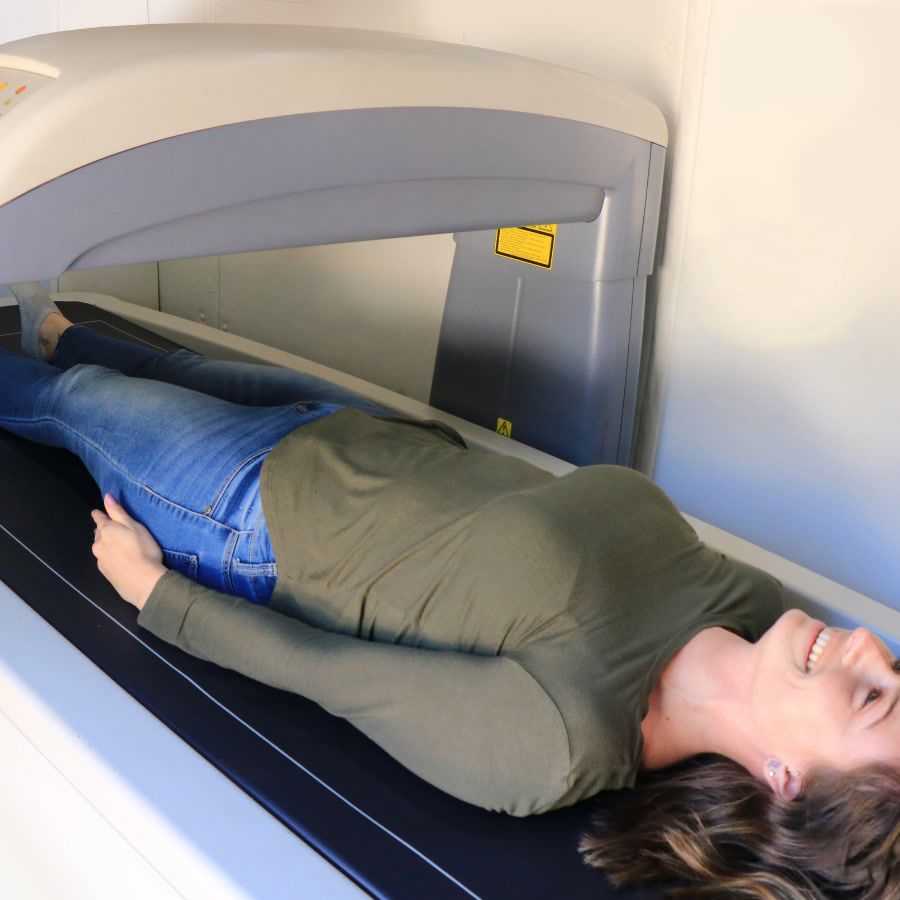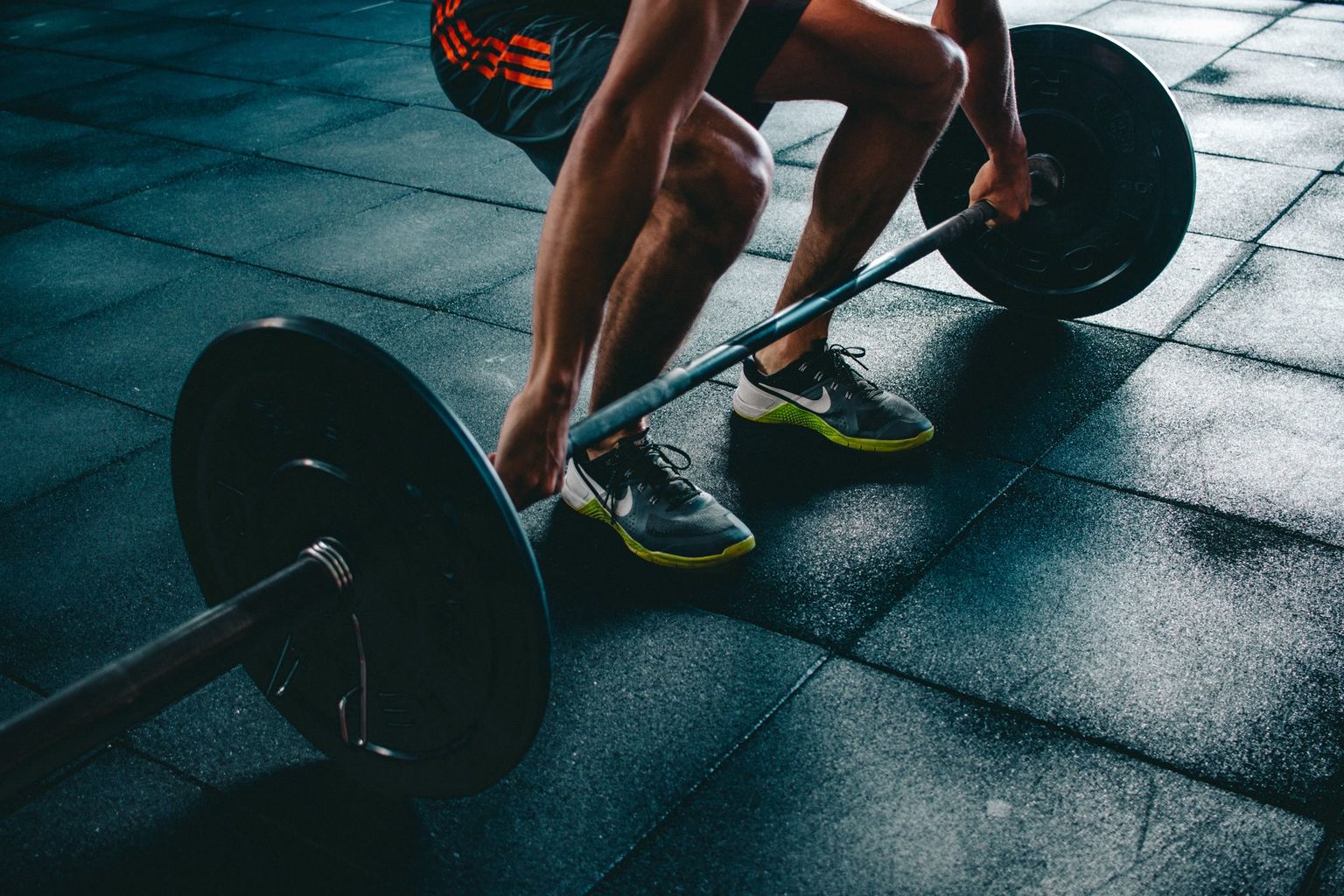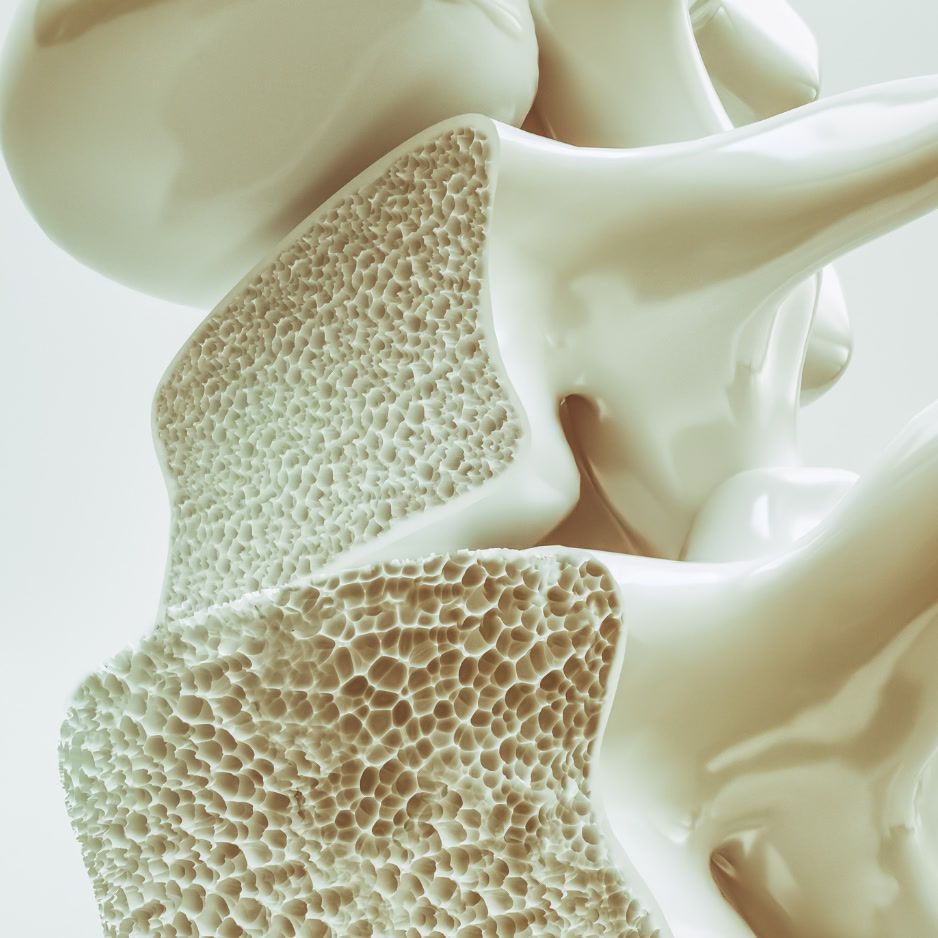Calisthenics Workout Plan: Beginner to Advanced Templates
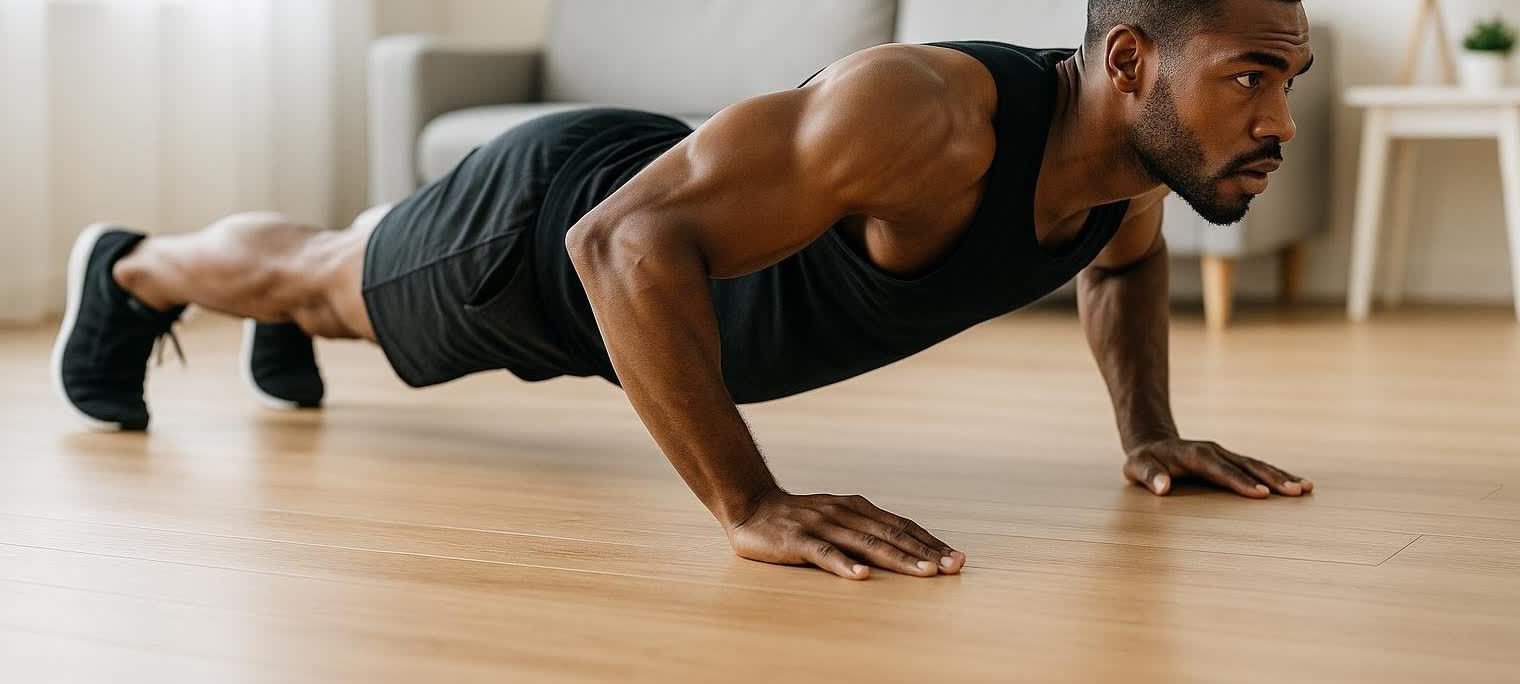
Calisthenics Workout Plan: Beginner to Advanced Templates
Ready to get stronger, leaner, and more capable with nothing but your bodyweight? This calisthenics workout plan gives you step-by-step training calendars for 4, 8, and 12 weeks.
- Beginner to advanced progressions (no equipment required; optional pull-up bar only)
- 30-minute sessions you can do at home, in a dorm, or on the road
- Evidence-backed structure, warm-ups, rest days, and progression rules
- Skill modules for handstands, L-sits, and muscle-up prep (transition drills adapted for bar-only setups)
Why it works: Muscle and strength adapt across a wide load spectrum when sets approach hard effort, not just with heavy weights. That means smartly progressed bodyweight training can build muscle and strength comparably to traditional lifting when you train close to failure and progress over time (Sports Medicine review; fiber-level meta-analysis). Push-up training can even match bench press for upper-body hypertrophy and strength over 4–8 weeks when volume and effort are equated (PLOS One study; JSCR randomized trial).
How to Use This Plan
- Pick your track
- 4-Week Kickstart (total beginner)
- 8-Week Strength & Conditioning (busy schedule)
- 12-Week Skill Builder (intermediate/advanced)
-
Do 3–5 sessions per week, 25–35 minutes each.
-
Progress by reps-in-reserve (RIR): Leave 2 reps in the tank on your first week, then close in on 0–1 RIR on the final week of a block for a clean deload/reset. Using effort targets like RIR/RPE keeps training productive without needing weights (RPE primer).
-
Track results beyond the mirror. A BodySpec DEXA scan quantifies fat mass, lean mass, and even visceral fat so you can see what your training actually changes (DXA overview; BodySpec guide).
Warm-Up (5 minutes) & Cool-Down (3–5 minutes)
Warm-Up (choose 4–5):
- Marching knee hugs × 10/side
- Leg swings × 10/plane
- Inchworm × 4
- World’s Greatest Stretch × 2/side
- Glute bridge × 10
- Scapular push-ups × 10
Cool-Down:
- Slow nasal breathing
- Light stretches for chest, lats, hip flexors (30–45 s holds)
- For low-intensity off-day work, try this Active Recovery routine
Movement Progressions (pick the right step today)
- Push: Incline push-up → standard → decline → archer → one-arm eccentrics
- Pull (no bar): table/doorframe towel row → inverted row (knees bent → straight → feet elevated). See our step-by-step pulling progressions.
Tip: For any improvised setup (tables, doorframes, chairs), ensure the object is stable and can support your full body weight before training.
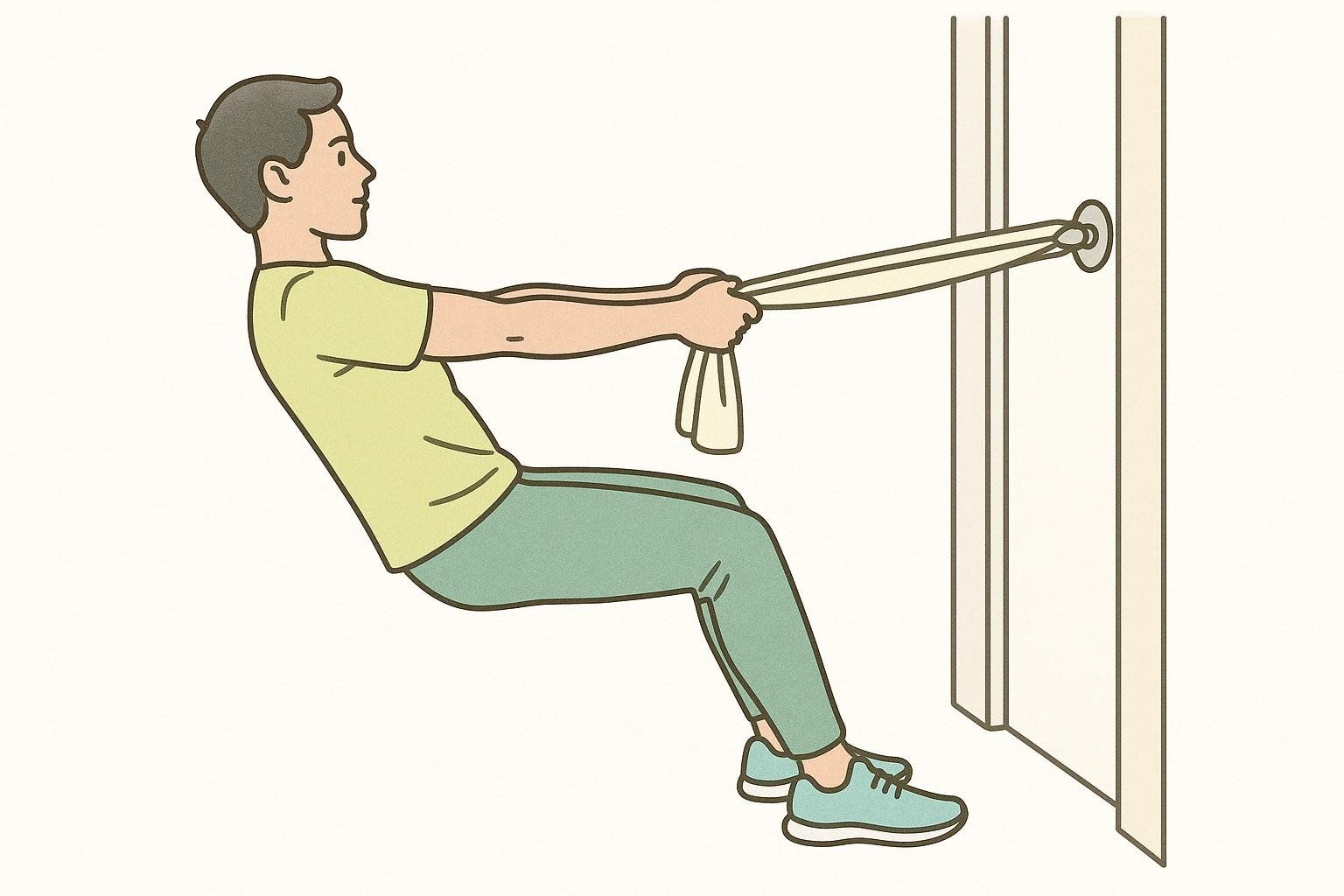
- Pull (with bar): pull-up/chin-up → chest-to-bar.
- Squat: Chair squat → air squat → jump squat → split squat → Bulgarian split squat → pistol progressions
- Hinge: Glute bridge → hip thrust (on couch/chair) → single-leg hip thrust → bodyweight RDL → single-leg RDL
- Core (no bar): Dead bug → plank → long-lever plank → hollow hold → lying leg raise
- Core (with bar): Hanging knee raise → hanging leg raise
- Skills — Handstand: Crow → wall handstand hold → wall-facing handstand → freestanding handstand taps
- Skills — L-Sit: Tuck sit on floor or between sturdy chairs → one-leg extended → full parallel L-sit
- Skills — Muscle-Up Prep: Strict pull-up → chest-to-bar → bar dip → jumping muscle-up transitions on a straight bar
Tip: Choose variations that make your last 2 reps challenging but doable with good form. This is progressive overload—no dumbbells required (loading spectrum review).
Calisthenics Workout Plan Templates
Track A — 4-Week Kickstart (3 days/week, ~25–30 minutes)
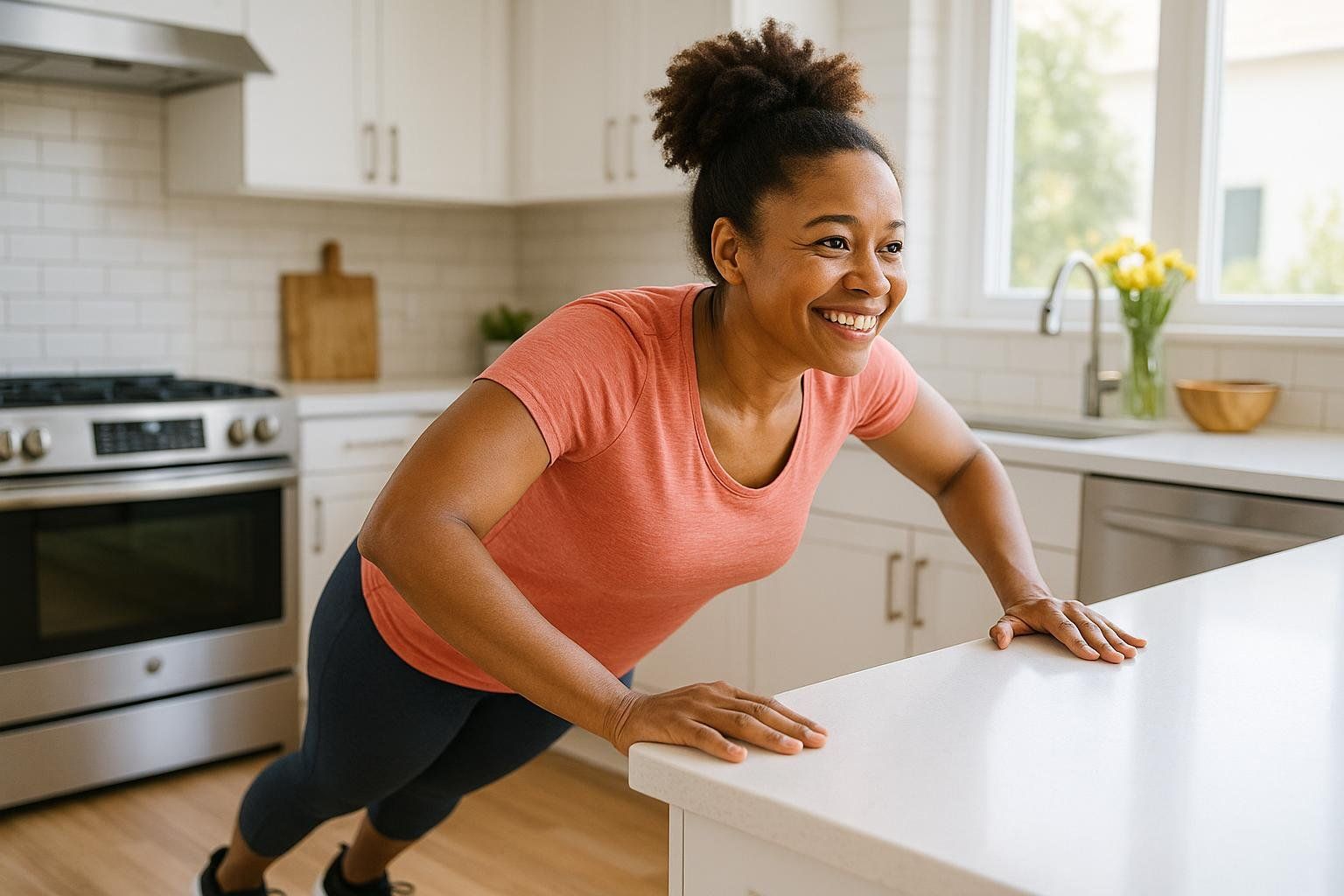
Best for: New to calisthenics or coming back after time off.
- Weekly split: Mon – Full Body A; Wed – Full Body B; Fri – Full Body A (Week 2 swaps A/B order)
- Effort: Start at 2–3 RIR in Week 1; by Week 4 aim for 0–1 RIR on last set of each move.
Day A
- Push: Incline or standard push-up — 3×6–10
- Pull: Table/doorframe towel row or bent-knee inverted row — 3×6–10
- Squat: Chair or air squat — 3×10–15
- Hinge: Glute bridge — 3×10–15
- Core: Dead bug or plank — 2×30–45 s
Day B
- Push: Standard push-up (or knee) — 3×6–10
- Pull: Inverted row (progress leverage weekly) — 3×6–10
- Lunge: Reverse lunge — 3×8–12/leg
- Core: Side plank — 2×20–30 s/side
- Power finisher (optional): 3 rounds — 20 s jumping jacks + 40 s easy walk
How to Progress: Add 1–2 reps per set each week or move up one progression step. Keep rests 60–90 s.
Track B — 8-Week Strength & Conditioning (3 days/week, ~30 minutes)
Best for: Busy professionals who want measurable strength + conditioning in 30 minutes.
- Weekly split: Mon – Push/Pull; Wed – Legs/Core; Fri – Total Body Circuit
- Block 1 (Weeks 1–4): Build base at 1–2 RIR; Block 2 (Weeks 5–7): Push toward 0–1 RIR; Week 8: Deload/test.
Monday — Push/Pull Strength
For paired sets (e.g., A1, A2), perform a set of A1, rest, perform a set of A2, rest again, and repeat the cycle until all sets are complete. Use the same pattern for B1/B2.
- A1 Push-up (standard → decline) — 4×6–12
- A2 Inverted row (straight legs) or pull-up — 4×5–10
- B1 Pike push-up (shoulders) — 3×6–10
- B2 Prone Y-T-W raises (floor) — 3×6–8 each pattern
- Finisher (EMOM for 6 minutes): Every minute on the minute, perform 5 push-ups + 5 rows. Rest for the remainder of each minute.
Wednesday — Legs/Core (perform exercises in order as straight sets)
- Split squat (rear foot elevated if ready) — 4×8–12/leg (75–90 s)
- Hip thrust or single-leg bridge — 3×10–15 (60 s)
- Jump squat (sub: fast air squats) — 3×8 (60 s)
- Hollow hold or long-lever plank — 3×20–40 s
Friday — 20-Min Total Body Circuit (repeat 3–4 rounds)
- 8–12 push-ups
- 8–12 inverted rows or chin-ups (bar optional; use sturdy table edge or doorframe towel row if no bar)
- 12 squats or 8/leg reverse lunges
- 20–30 s plank
- Rest 60–90 s between rounds
Testing (Week 8): Max-rep push-ups and rows; time for 3 rounds of Friday circuit. Use RPE/RIR to keep intensity honest (RPE guide).
Why it works: You’ll hit each major pattern 2–3×/week with enough total sets to stimulate growth, in line with mainstream resistance training guidance for frequency and volume (ACSM progression recommendations).
Track C — 12-Week Skill Builder (4–5 days/week, ~30–35 minutes)
Best for: Intermediate/advanced trainees chasing skills (handstand, L-sit, first pull-up/muscle-up prep) while getting stronger.
- Structure: 3 × Strength days + 2 × Skill/Conditioning days
- Periodization: Weeks 1–4 technique base; Weeks 5–8 intensity/volume; Weeks 9–11 peaking; Week 12 deload/test.
Day 1 — Push Strength + Handstand
- A Push-up (decline → archer) — 5×5–8 (rest 90 s)
- B Dips (using two sturdy chairs of even height) or pike push-up — 4×6–10 (rest 90 s)
- C Handstand Practice (8–10 min): Choose your current progression (e.g., wall holds, shoulder taps) and perform 5–8 quality sets, such as 20–40 second holds or 5–10 taps per side. Rest as needed between efforts.
Day 2 — Legs/Hinge + Core
- A Bulgarian split squat — 4×8–12/leg (rest 90 s)
- B Single-leg hip thrust — 3×10–12/leg (rest 60 s)
- C Broad jump or squat jump — 4×5 (rest 75 s)
- D Hanging knee raise (bar required) or hollow-to-arch — 4×8–12 (rest 60–90 s)
Day 3 — Pull Strength + Muscle-Up Prep
- A Pull-up (bodyweight → chest-to-bar) — 5×3–6 (rest 2–3 min)
- B Row variation (feet elevated) — 4×6–10 (rest 90 s)
- C Transition drill: jumping muscle-up transitions on a straight bar — 5×3–5 (rest 90–120 s; keep technique crisp)
Day 4 — Skill & Conditioning (optional Day 5 repeat)
- EMOM 12: odd = 20–30 s handstand hold; even = 8–10 push-ups or 6–8 chair dips
- Then 3 rounds: 8 pull-ups or 10 rows + 12 lunges/leg + 30 s plank (rest 60–90 s)
Skill notes: Keep handstand and transition work shy of failure so technique stays clean. Short, frequent exposures beat marathon attempts for skill acquisition.
Evidence check: Hypertrophy and strength respond across a broad rep range when sets approach hard effort, so bodyweight strength work plus specific skill practice is a powerful combo (Sports Medicine review).
Progression & Deload Rules
- Week-to-week: Add 1–2 reps per set or move to a harder variation; keep last set challenging.
- When all sets hit the top of the rep range cleanly 2 sessions in a row, progress the leverage (e.g., feet higher on push-ups).
- Every 4th or 8th week, pull back volume by ~30–40% to consolidate gains (your plan builder does this automatically).
Nutrition & Tracking (fast start)
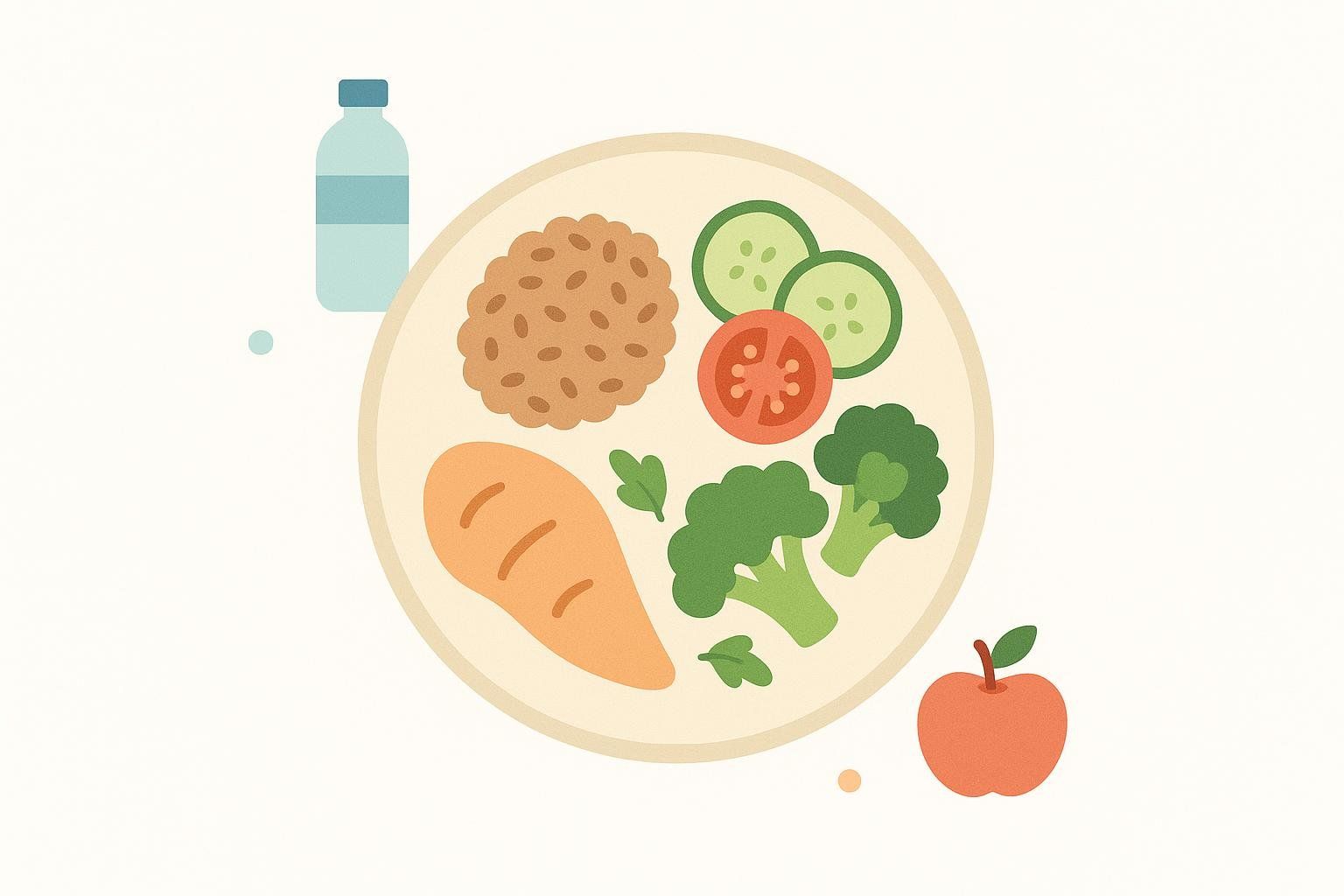
- Protein: Target ~1.6–2.2 g/kg/day spread over 3–4 meals to support muscle gain in response to resistance training. For deeper guidance, see our How to Build Core Strength section on bracing and training basics, or explore our Body Composition guide.
- Energy balance: For fat loss, a small calorie deficit plus resistance training preserves lean mass better than cardio alone; monitor strength to ensure you’re not under-fueling.
- Track what matters: Strength PRs, weekly total reps, and objective body-comp. Book a baseline and follow-up BodySpec DEXA scan every 8–12 weeks to see changes in lean mass and visceral fat (clinical overview of DXA utility; BodySpec guide).
FAQ
Is calisthenics enough to build muscle?
- Yes—when you push sets near failure and progress variations. Muscle growth is comparable to lifting across a wide rep range with matched effort and volume (Sports Medicine review; fiber hypertrophy meta-analysis).
How many days per week should I train?
- 3 days/week is plenty for most. Advanced athletes can add a 4th–5th skill day. Frequency guidance aligns with common resistance training recommendations (ACSM).
What if I can’t do pull-ups?
- Start with rows and negatives. See our step-by-step pulling progressions.
How should I warm up?
- Use 5 minutes of dynamic mobility and pattern rehearsal—think leg swings, inchworms, and glute bridges.
Can calisthenics help with fat loss?
- Yes. Pair a mild calorie deficit with these plans. Resistance training preserves lean mass while you lose fat; bodyweight circuits can raise post-exercise calorie burn. For specifics, see Calisthenics vs Weights for Fat Loss.
How do I build to 100 push-ups?
- Follow our 8-Week Push-Up Challenge. For daily targets and methods, see How Many Push-Ups Per Day?.
Is this medical advice?
- No. This is general fitness guidance. If you have pain, an injury, or a medical condition, consult a qualified professional before starting.
Your Next Steps
- Pick a track (4, 8, or 12 weeks).
- Train 3–5 days a week for 25–35 minutes.
- Log reps and variations; progress when all sets at the top of range feel clean.
- Book a baseline BodySpec DEXA scan to quantify muscle and fat changes—then recheck in 8–12 weeks.
Stay consistent, keep reps crisp, and upgrade progressions when you’ve earned them. Your body is your gym—let’s make it stronger.
